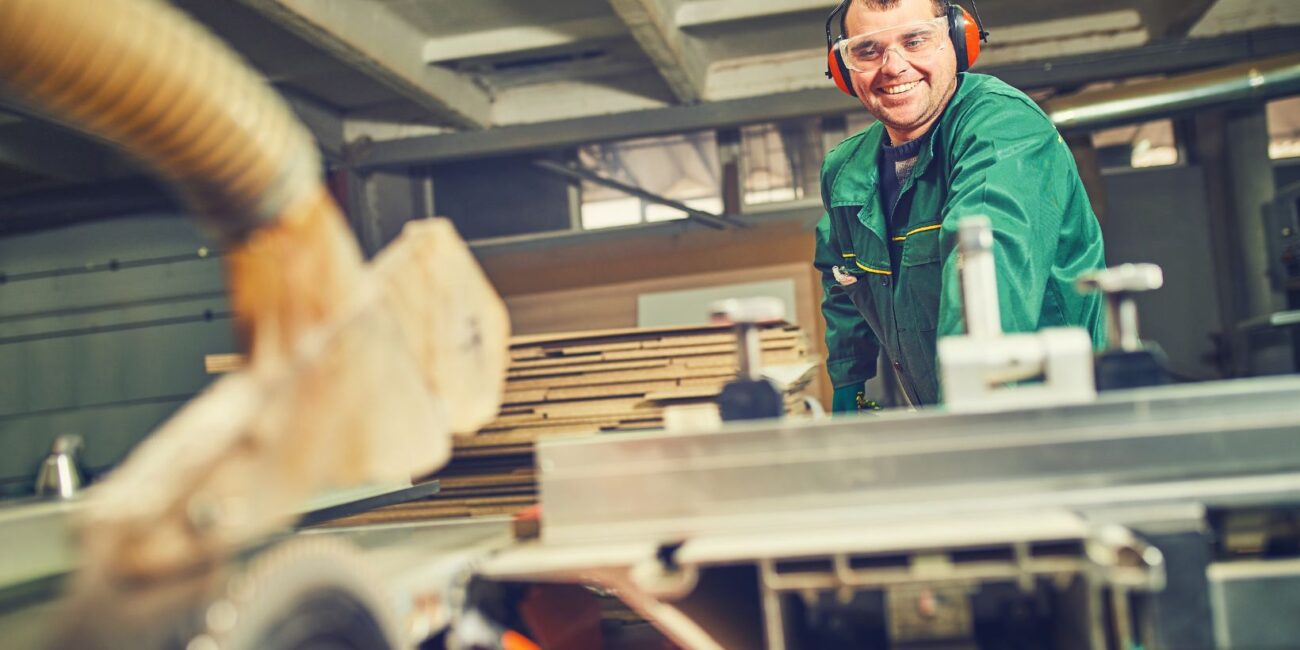Product development is a complex and multi-faceted process, requiring a combination of innovation, technical expertise, and precise manufacturing capabilities. In today’s competitive market, product development timelines are getting shorter, while the demands for precision and quality are increasing. One solution to meet these demands is prototype CNC machining, a powerful technology that accelerates the product development cycle while maintaining exceptional accuracy and quality.
In this article, we will explore the importance of prototype CNC machining in product development. We will discuss its role in fast prototyping, its advantages over traditional methods, and how it contributes to the creation of high-quality products.
What is Prototype CNC Machining?
Prototype CNC machining is a manufacturing process that uses computer-controlled machines to produce high-precision parts directly from a 3D model or CAD (Computer-Aided Design) file. CNC (Computer Numerical Control) machining involves the use of automated machines, such as mills, lathes, and routers, which follow pre-programmed instructions to carve, drill, and shape materials.
In the context of prototyping, CNC machining is used to create the first version or model of a product. The prototype serves as a physical representation of the design concept, allowing engineers, designers, and stakeholders to evaluate and test the design before mass production begins. Prototype CNC machining can be applied to various industries, including automotive, aerospace, medical devices, consumer electronics, and more.
The Role of Prototype CNC Machining in Product Development
Speed in Prototyping
One of the key benefits of prototype CNC machining is its ability to produce prototypes quickly. Traditional prototyping methods, such as handcrafting or mold-making, can be slow and labor-intensive, often taking weeks to complete a single prototype. In contrast, CNC machining can create prototypes within a few days, depending on the complexity of the part.
This speed is essential in the fast-paced world of product development, where time-to-market is critical for success. Engineers and designers need to iterate on their designs rapidly to identify potential issues, refine their concepts, and improve functionality. CNC machining enables this fast prototyping by reducing the time required to produce each iteration. This means that teams can test, modify, and finalize designs faster, ultimately leading to quicker product launches.
Precision and Accuracy
Another significant advantage of prototype CNC machining is its exceptional precision and accuracy. CNC machines are controlled by computers that can follow complex instructions with high accuracy, often down to microns. This precision is critical for creating functional prototypes that closely resemble the final product.
When developing a new product, it’s essential that the prototype accurately reflects the design specifications. Any discrepancies between the prototype and the intended design can lead to costly revisions and delays. Prototype CNC machining minimizes these risks by ensuring that the first prototype is as close as possible to the final product’s dimensions and tolerances.
Versatility in Materials
Prototype CNC machining is versatile when it comes to the materials that can be used. Depending on the product’s requirements, CNC machines can work with a wide range of materials, including metals, plastics, composites, and even wood. Whether the prototype is a metal engine part, a plastic housing for electronics, or a composite component for aerospace, CNC machining offers the flexibility to produce high-quality prototypes in various materials.
The ability to work with multiple materials is a crucial benefit of prototype CNC machining. It allows manufacturers to select the most appropriate material for their prototypes based on strength, durability, weight, cost, and other performance factors. Furthermore, by producing prototypes in the actual material that will be used for mass production, CNC machining allows for accurate testing and validation of material properties before final production.
Advantages of Prototype CNC Machining Over Traditional Methods
Reduced Cost and Waste
One of the main drawbacks of traditional prototyping methods, such as injection molding or casting, is the high initial setup cost. These methods require the creation of molds or tooling, which can be expensive and time-consuming to produce. Additionally, if the prototype design needs to be modified, a new mold or tool may need to be created, resulting in even more costs.

Prototype CNC machining eliminates many of these setup costs. Since CNC machines work directly from the CAD model, there is no need for expensive tooling or molds. This can significantly reduce the overall cost of prototyping, particularly for small production runs or one-off prototypes. Moreover, CNC machining generates very little material waste, as the machines are highly efficient at material removal.
Improved Design Flexibility
Design changes are a natural part of the product development process. As engineers and designers test prototypes, they often identify areas that need to be improved or modified. With traditional prototyping methods, these changes can require new molds, casting patterns, or other expensive modifications to the production process.
Prototype CNC machining, on the other hand, offers greater flexibility when it comes to design changes. Since the process is controlled by software, modifications to the prototype can often be made quickly and easily. Designers can adjust the CAD model, and the CNC machine will produce a new version of the prototype based on those changes, without the need for costly adjustments to molds or tooling.
This flexibility allows for more iterative design cycles, helping to refine the product and ensure that it meets the desired specifications before moving on to mass production.
Low-Volume Production Capabilities
In some cases, manufacturers need to produce small quantities of prototypes or functional parts for testing purposes. Traditional manufacturing methods, such as injection molding, are often not cost-effective for low-volume production due to the high setup costs associated with molds.
Prototype CNC machining is ideal for low-volume production. Since it doesn’t require custom molds, CNC machining can produce small quantities of high-quality prototypes at a fraction of the cost of traditional methods. This is particularly valuable for industries that require specialized or customized products, such as aerospace or medical device manufacturing.
Quality Control and Testing
Prototype CNC machining also offers significant advantages in terms of quality control and testing. Once a prototype is produced, it can be tested and evaluated for its functionality, fit, and durability. Engineers can make adjustments to the design based on the results of these tests and produce new iterations quickly.
This iterative testing process is essential for ensuring that the final product meets the desired specifications and performs as expected. CNC machining allows for precise testing and validation of prototypes before mass production begins, reducing the risk of defects or failures in the final product.
Real-World Applications of Prototype CNC Machining
Prototype CNC machining is widely used across various industries for product development. Below are some examples of how this technology is applied in different sectors:
Automotive Industry
In the automotive industry, prototype CNC machining is used to create functional parts for vehicles, such as engine components, chassis parts, and interior elements. CNC machines allow manufacturers to quickly produce high-precision prototypes of these components, enabling engineers to test their designs and make modifications before they are mass-produced. This accelerates the development process and ensures that the final product meets safety and performance standards.
Aerospace Industry
The aerospace industry relies heavily on prototype CNC machining for the development of complex parts and components, such as turbine blades, wing structures, and cockpit controls. These parts require high precision and tight tolerances, which CNC machining can provide. By using prototype CNC machining, aerospace manufacturers can quickly test and validate these components, ensuring that they meet the rigorous standards of the industry.
Medical Device Manufacturing
In the medical device industry, prototype CNC machining is used to create highly precise components, such as surgical instruments, implants, and diagnostic equipment. These parts must meet strict regulatory requirements, and CNC machining ensures that they are manufactured with the necessary precision and quality. Prototypes can be tested for functionality, fit, and performance before the final product is produced, ensuring that the devices are safe and effective.
Conclusion
Prototype CNC machining is an essential tool in modern product development, offering speed, precision, flexibility, and cost savings. It allows manufacturers to create high-quality prototypes quickly, which can be tested and iterated upon before moving to mass production. The ability to work with a variety of materials and produce functional parts with exceptional accuracy makes CNC machining a versatile solution for many industries.

By using prototype CNC machining, businesses can reduce the time and costs associated with traditional prototyping methods, while maintaining the quality and performance needed to bring innovative products to market. Whether in the automotive, aerospace, or medical fields, prototype CNC machining is helping companies stay competitive by accelerating product development and ensuring high-quality results.
In conclusion, prototype CNC machining is not just a tool for creating prototypes—it’s an essential part of the modern product development process that enables faster, more efficient, and precise manufacturing.



